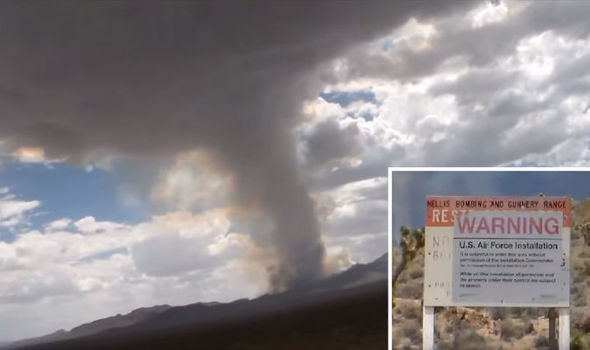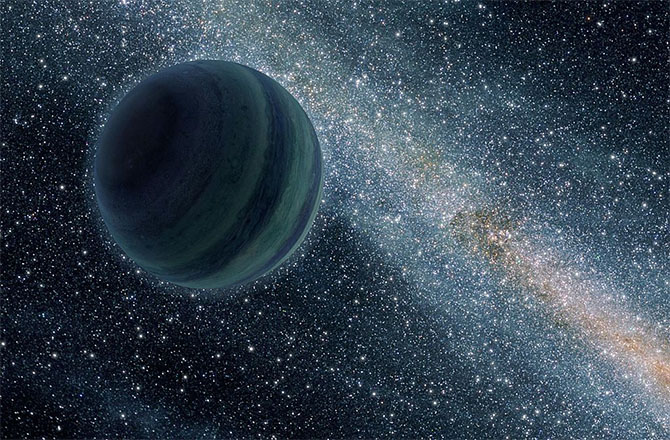
we’ve found more and more planets outside the solar system in recent years — more than 2,000 candidates in all — a strange new class of world has emerged. These are ones that appear to be flying all alone in space without a host star to orbit. The reasons why they became this way are still poorly understood. Perhaps a star flung them out of their native solar system, or did they form out there alone in interstellar space?
Unknown object
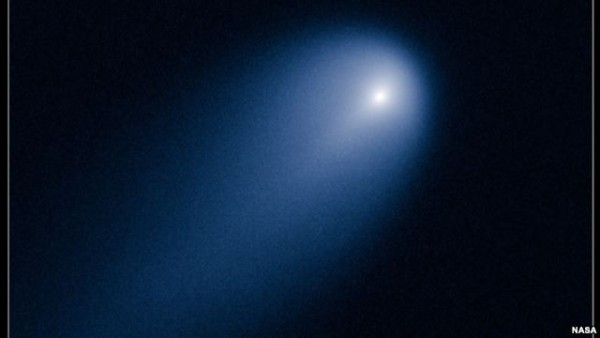
An odd, tailless comet that made a fleeting pass into the inner solar system in 2014 before heading back out to the distant Oort cloud actually may have been visiting close to its birthplace.
The comet, called C/2014 S3, is physically more like an inner belt, rocky asteroid than an icy comet forged in the solar system’s deep freeze, a new study shows.
3 odd things !
Astronomers have discovered three planets orbiting the habitable zone of an ultra-cool dwarf star just 40 light-years from Earth.
The discovery, reported today in Nature, is the first evidence supporting the hypothesis that these very low-mass and low-temperature stars should have Earth-sized or smaller planets orbiting them.
The planets, which are the size of Venus and Earth, are currently the best places to look for life outside our solar system, said the team of researchers led by astronomer Michaël Gillon, from the University of Liege in Belgium.

Amazing green comet lights up sky
Titan
A new study of eight years of radar data collected by the Saturn-orbiting Cassini spacecraft shows that the planet’s largest moon, Titan — the only other body in the solar system besides Earth where liquids pool on the surface — has a sea of pure methane.
Before Cassini, scientists had expected Titan’s seas to be dominated by ethane, since sunlight breaks apart methane and converts it into the more complex ethane hydrocarbon.
Instead, Alice Le Gall, a Cassini scientist at France’s LATMOS research laboratory, and colleagues discovered that Ligeia Mare, Titan’s second-largest sea, is almost pure methane.
Pluto
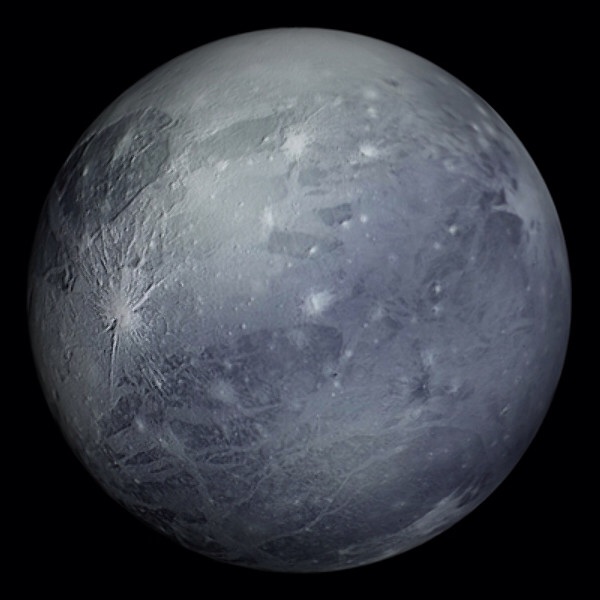
Pluto mystery: Four huge identical ‘holes’ found on dwarf planet stun Nasa scientists
Mysterious ‘Haloes’ on Pluto Puzzle Scientists
discovery of strange halo-like craters on Pluto has raised a new mystery about how the odd scars formed on the icy world.
Pluto’s “halo” craters are clearly visible in a new image from NASA’s New Horizons spacecraft, which made the first-ever flyby of the dwarf planet in July 2015. In the image, a black-and-white view reveals dozens of ringed craters (NASA describes these formations as “haloed”) strewn across the dark landscape of Vega Terra, a region in the far western reaches of the hemisphere photographed by New Horizons during its flyby. The craters have bright walls and rims, making them stand out from their darker surroundings.
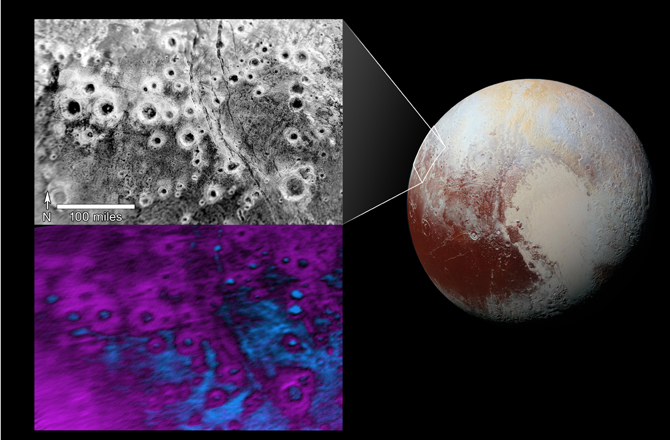
Originally posted 2016-07-18 21:17:17. Republished by Blog Post Promoter



